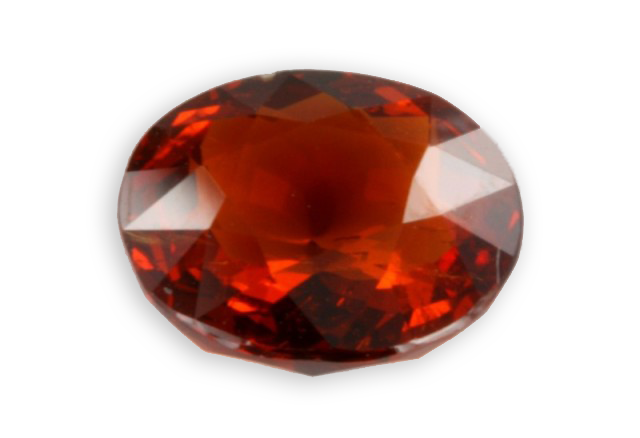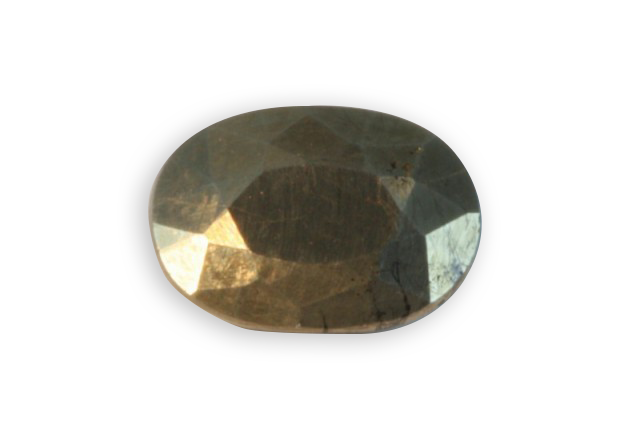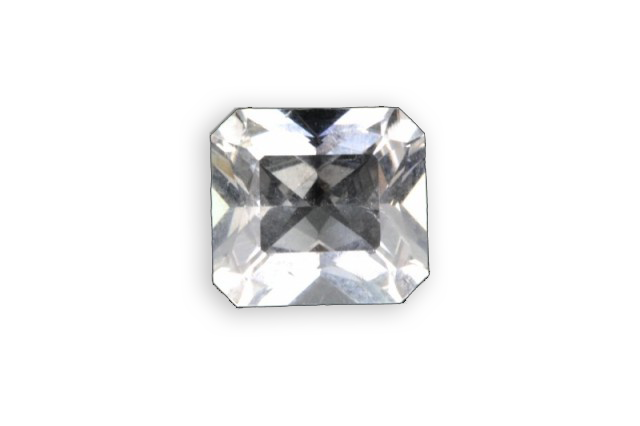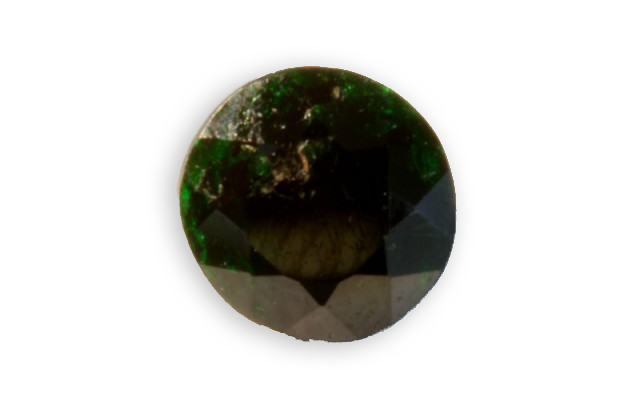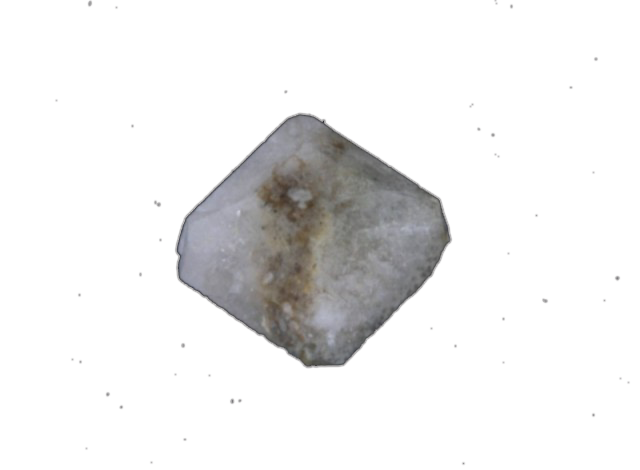
senarmontite
Discovered in 1851 at Djebel Haminate, in the area of Constantine in Algeria, its name honors the mineralogist Henri Hureau de Senarmont (1808-1862).
Je vous emmène à travers mes vidéos découvrir mon expérience acquise depuis plus de 30 ans a silloner le globe entier à la recherche de pierres précieuses, de rencontre mémorables mais aussi de difficulté parfois …

Discovered in 1851 at Djebel Haminate, in the area of Constantine in Algeria, its name honors the mineralogist Henri Hureau de Senarmont (1808-1862).
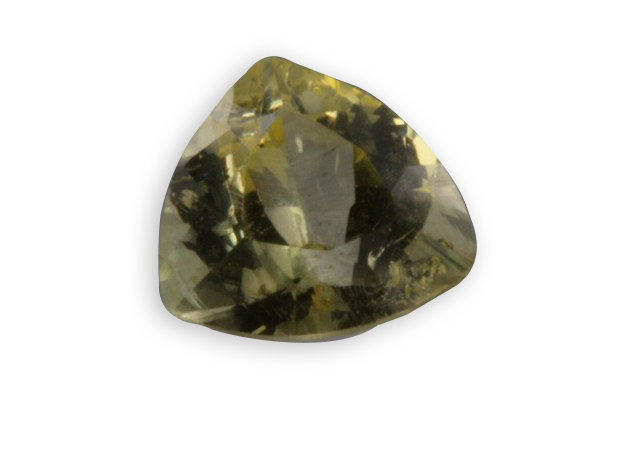
Discovered in 1834, its name comes from the Greek “pink” because it has the property of coloring the torch flame in pink. It presents the phenomenon of piezoelectricity and pyro-electricity. The rhodizite is one of the poles a series dominated by potassium, the other pole
